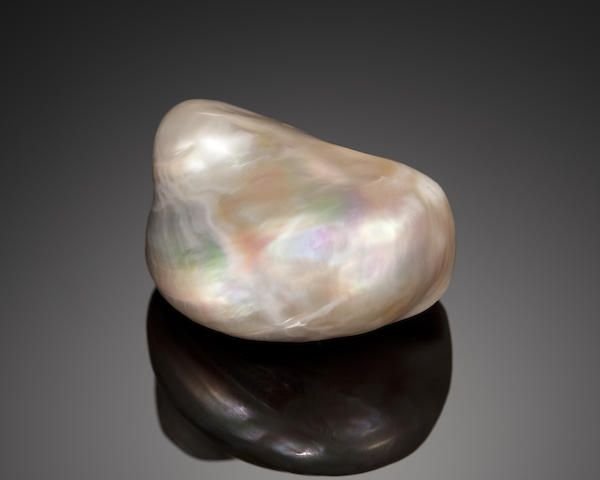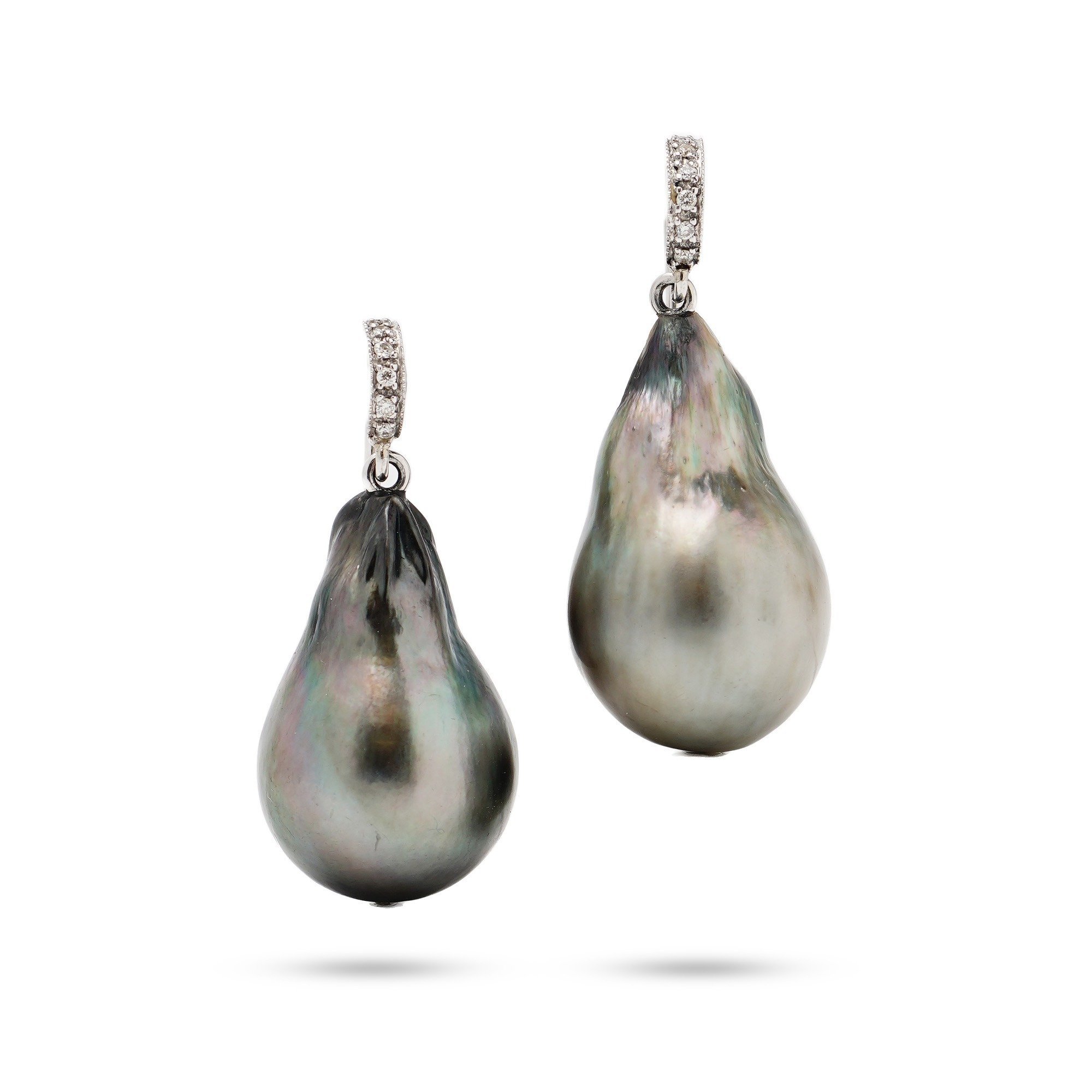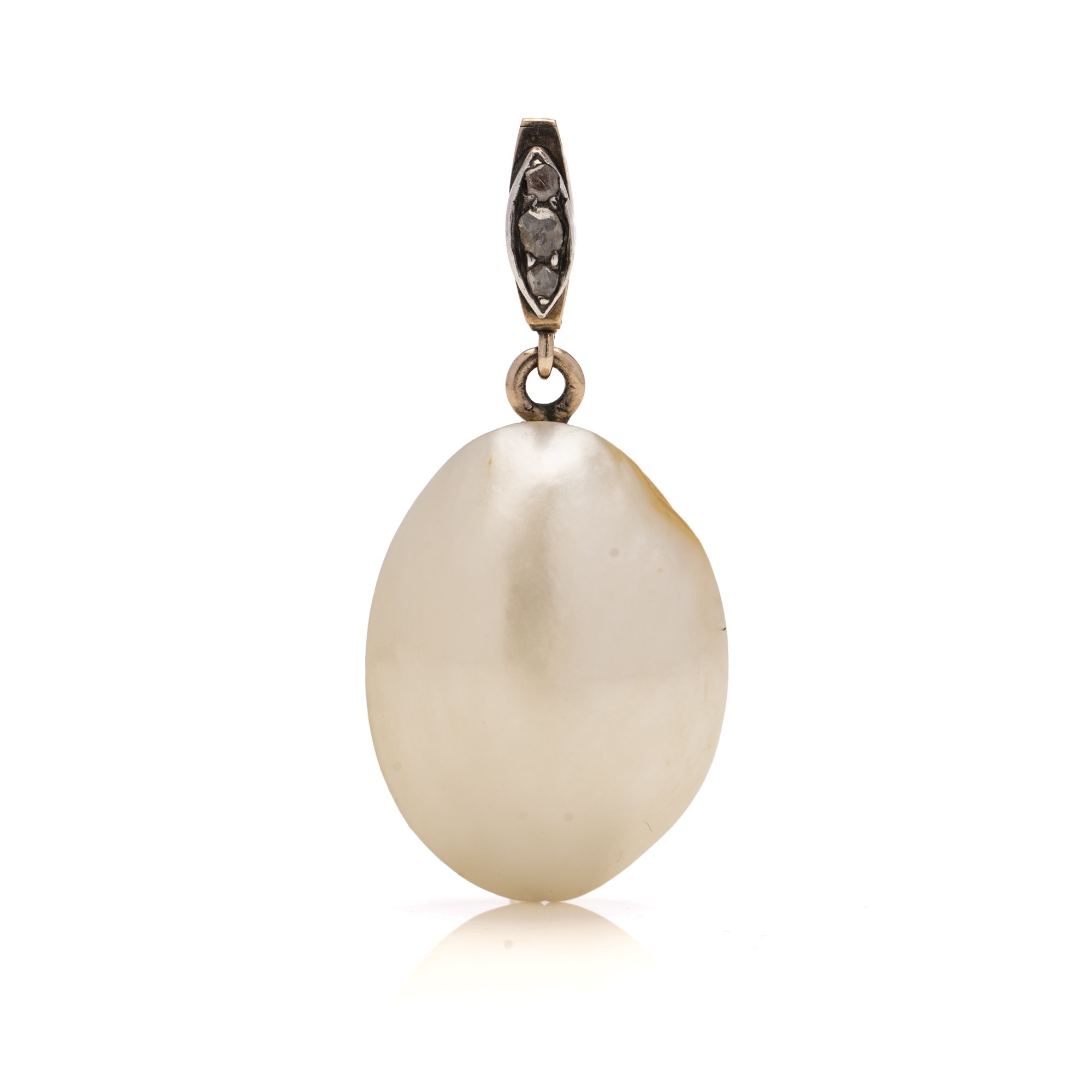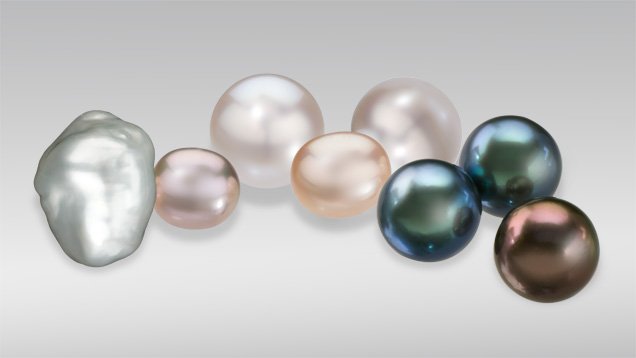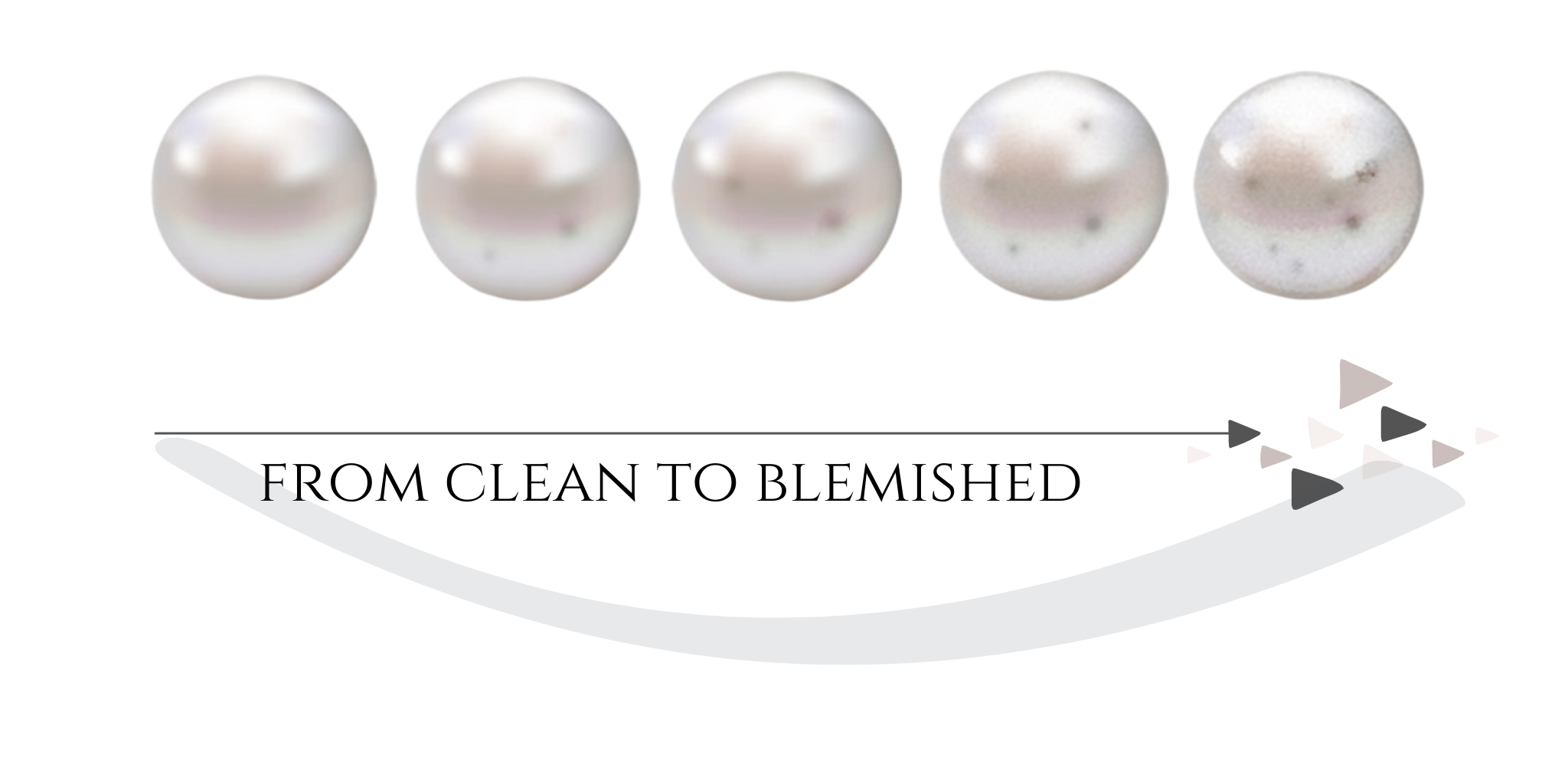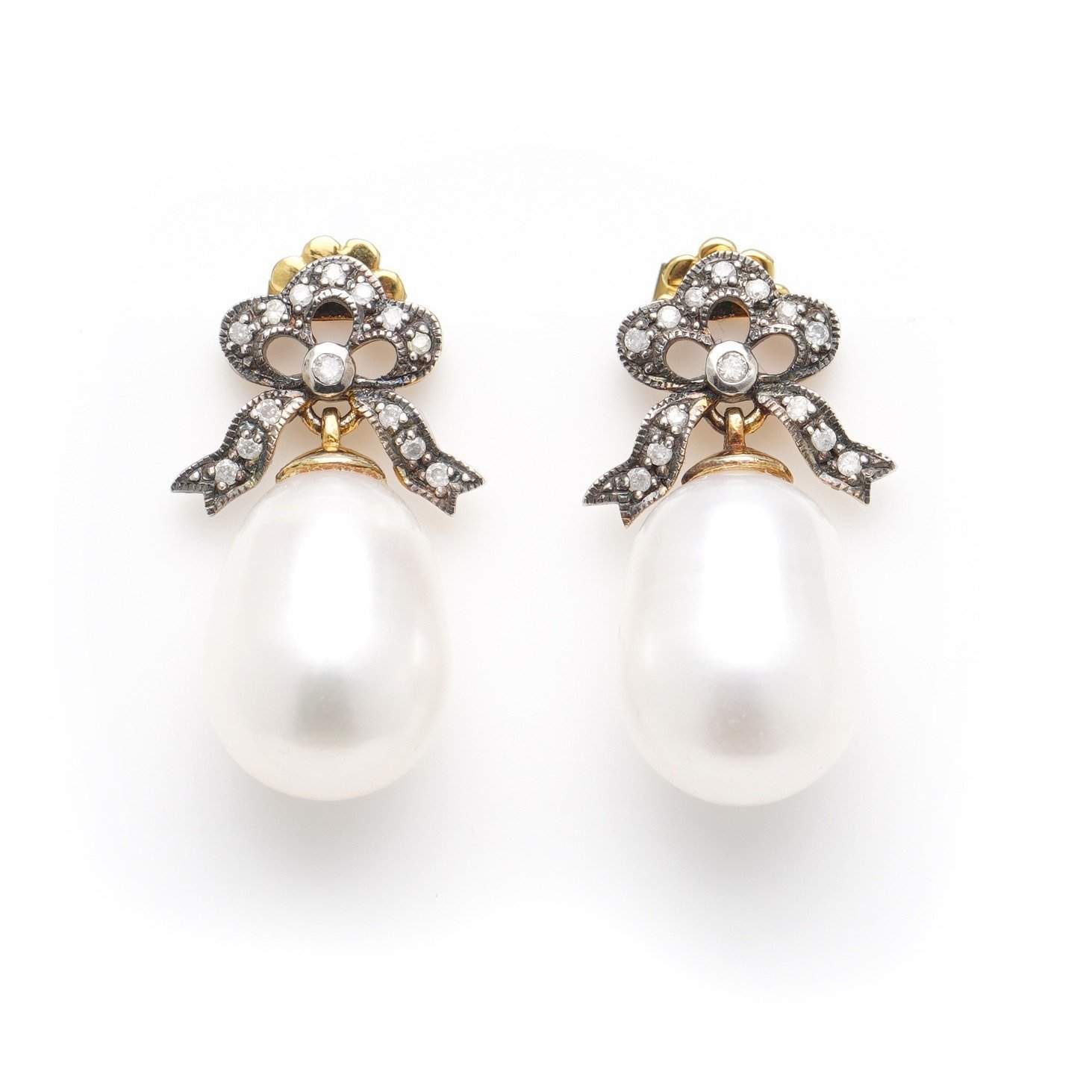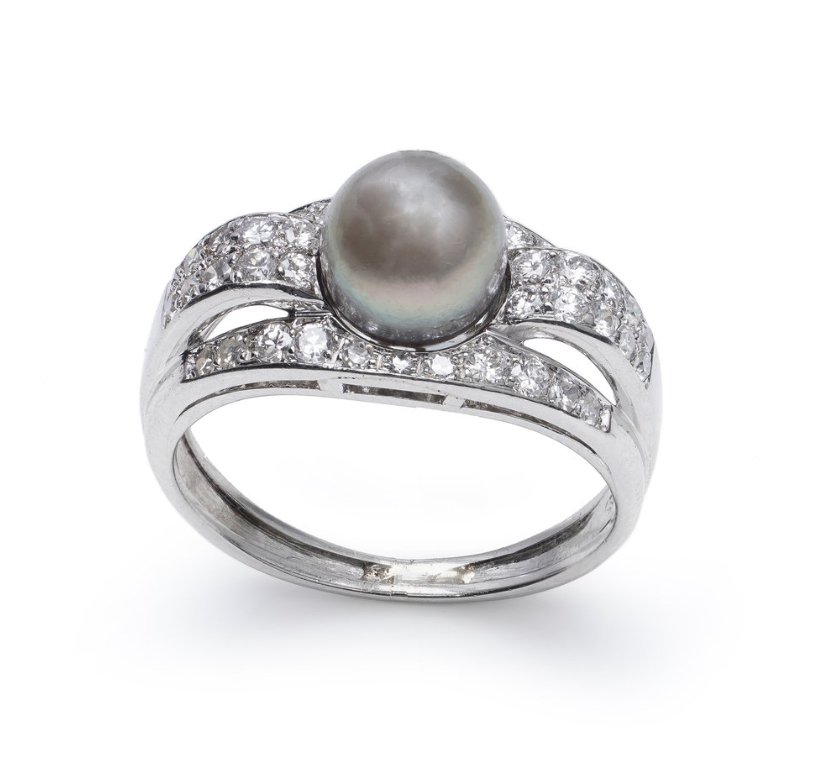Discovering the Ocean's Jewells: The Types of Saltwater Pearls
Extremely rare natural saltwater pearl, image courtesy of Bonhams
Table of Contents
1. Saltwater Pearls: A Peek Behind the Curtain
2. Selecting Saltwater Pearls: A Buyer's Guide
3. Saltwater Pearls and Jewellery
4. FAQs about Types of Saltwater Pearls
5. Conclusion
““Pearls don’t lie on the seashore, if you want one, you must dive for it.””
Introduction
Well, well, well, if it isn't another pearl of wisdom you're after! Brace yourself, because you're about to embark on a journey through the sparkling depths of the ocean, where the true magic of nature transforms a mere grain of sand into a priceless gem.
Types of Saltwater Pearls
Pair of cultured Akoya pearl earrings, image courtesy of Mozeris Fine Antiques
1. Akoya Pearls
Hailing from Japan, Akoya pearls are like the Mona Lisa of the pearl world - iconic, mesmerizing, and loved by everyone. These pearls are typically small, ranging from 2 mm to 11 mm, but what they lack in size, they make up for in luster.
2. Tahitian pearls
Tahitian pearl dangle earrings, Image courtesy of Mozeris Fine Antiques
Exotic and alluring, Tahitian pearls are the bad boys of the pearl family. Their unique dark color, typically a stunning black with green, purple, or blue overtones, sets them apart from the crowd.
Vintage Cultured South Sea Baroque Pearls Necklace, image courtesy of Mozeris Fine Antiques
3. South Sea Pearls
These are the big kahunas of the pearl world. Harvested in the waters between Northern Australia and Southern Indonesia, South Sea pearls can grow to impressive sizes, often exceeding 20mm.
Natural blister nacreous pearl pendant, image courtesy of Mozeris Fine Antiques
4. Mabe pearls
Unlike their spherical cousins, Mabe pearls are semi-spherical, cultivated on the inside of the oyster's shell. These pearls are loved for their high luster and large size, making them a perfect centerpiece for any jewelry piece.
Saltwater Pearls: A Peek Behind the Curtain
How Are They Formed?
You're probably wondering, "How on earth does an oyster turn a grain of sand into something so precious?" Well, it's a bit of a long story. To put it briefly, when a foreign object enters the oyster, it responds by coating the irritant with layers of nacre, a substance that gives pearls their iridescent glow.
The Harvesting Process
Harvesting these pearls is a labour of love, requiring patience, skill, and a whole lot of luck. The oysters are carefully opened and the pearls removed, all without harming the delicate creatures.
Why Saltwater Pearls?
"Sure, they're pretty and all, but why should I choose saltwater pearls?" you may ask. Firstly, saltwater pearls are often more lustrous and have a higher quality than their freshwater counterparts. Secondly, due to their oceanic origin, they carry an air of mystery and romance that's hard to resist.
Selecting Saltwater Pearls: A Buyer's Guide
Different types of Salt Water Pearls, Image courtesy of GIA
Looking to buy these sea-born gems? Here's a quick guide to help you out.
1. Consider the type
Each type of saltwater pearl comes with its own charm. Akoya pearls are perfect for a classic, elegant look, while Tahitian pearls make a bold, dramatic statement. South Sea pearls, with their large size and creamy color, are ideal for a luxe aesthetic, and Mabe pearls make for unique, standout pieces.
Image Courtesy of Pearl Wise
2. Look at the luster
Luster refers to the pearl's glow, the magical sheen that makes pearls so appealing. High-quality pearls have a strong, clear luster that catches and reflects light beautifully.
Image Courtesy of Andrea Li
3. Check the surface
While no pearl is absolutely perfect, the best ones have minimal blemishes and a smooth surface.
4. Understand the size
Pearl size doesn't just impact aesthetics, it also determines the price. Larger pearls generally command higher prices, but remember, size isn't everything. Balance it with other factors like luster and surface quality.
Image courtesy of Berkshire Diamonds & Design
5. Pay Attention to the Shape
Pearls come in all shapes and sizes. While round pearls are the most sought-after, other shapes like oval, teardrop, and baroque can be equally appealing and sometimes even more unique.
Saltwater Pearls and Jewellery
If you're thinking of saltwater pearls as mere necklace adornments, think again! These versatile gems lend themselves beautifully to a variety of jewelry pieces.
Antique pair of South Sea pearl earrings, image courtesy of Mozeris Fine Antiques
1. Earrings
From simple studs to extravagant drops, pearls add a touch of class to any earring design.
Natural saltwater pearl ring, image courtesy of Mozeris Fine Antiques
2. Rings
Who said diamonds are a girl's best friend? A pearl ring, especially one set with a South Sea or Tahitian pearl, can be just as stunning.
Edwardian bangle with natural saltwater pearls, image courtesy of Mozeris Fine Antiques
3. Bracelets
A string of Akoya pearls can make a delicate, refined bracelet, perfect for both everyday wear and special occasions.
Image Courtesy of International Gem Society
4. Brooches
For a vintage vibe, look no further than a pearl brooch. It's a classic accessory that never goes out of style.
Conclusion
In the world of gemstones, saltwater pearls are indeed a wonder. They're a testament to nature's ability to turn an irritant into a thing of beauty. With their unique types, dazzling luster, and rich symbolism, these pearls are more than just jewels. They're treasures from the sea, laden with stories and magic, waiting to be discovered. So, whether you're a jewellery aficionado or a casual enthusiast, remember this - there's a type of saltwater pearl out there just for you, ready to add a touch of the ocean's mystery to your collection.
FAQs about Types of Saltwater Pearls
1. What is the most expensive type of saltwater pearl?
South Sea pearls, particularly the golden variety, are usually the most expensive, thanks to their large size and rarity.
2. How can I tell if my saltwater pearls are real?
One simple test is the "tooth test". Gently rub the pearl against your tooth. If it feels gritty, it's likely real. If it's smooth, it may be a fake.
3. Can saltwater pearls come in different colors?
Absolutely! While they're often white, saltwater pearls can also come in colors like black, gold, pink, and blue, depending on the type.
4. How long does it take for a saltwater pearl to form?
It can take anywhere from 2 to 4 years for a saltwater pearl to form. Patience is indeed a virtue in the world of pearls!
5. How should I care for my saltwater pearl jewellery?
Pearls are delicate and should be the last thing you put on and the first thing you take off. Avoid exposing them to chemicals like perfume and hairspray.
6. Do saltwater pearls have spiritual or symbolic meanings?
Indeed, they do! Pearls, in general, symbolize wisdom, purity, and serenity. They're also often associated with the moon and femininity.
